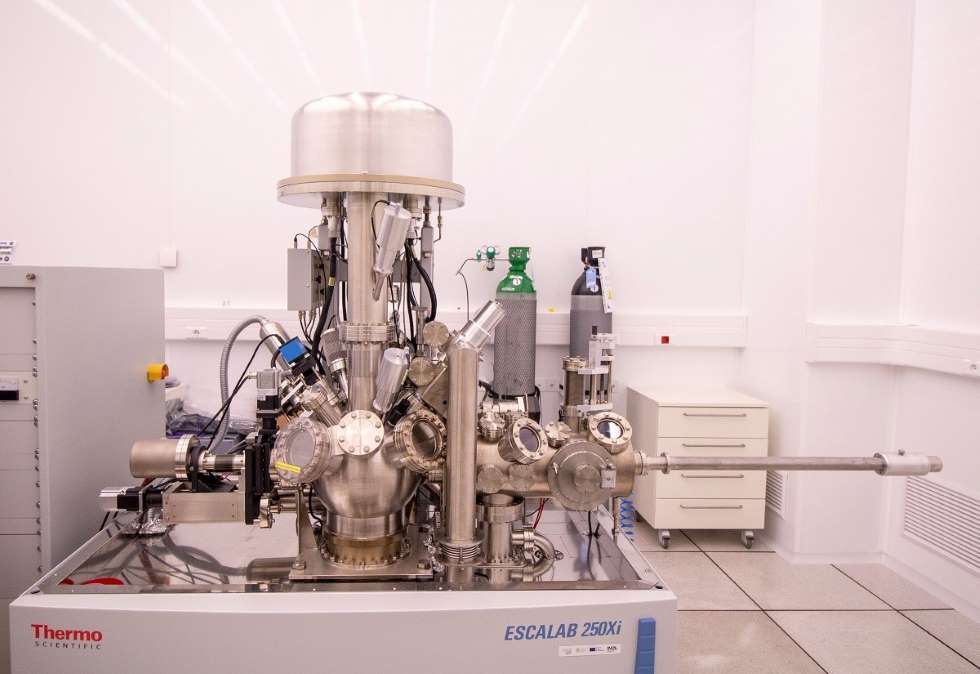XPS and Surface Analysis
About
A vacuum system that combines surface analysis methods for characterization of thin solid films, polymer films, inorganic and organic powder materials.
Description
ESCALAB 250Xi is an ultra-high vacuum (UHV) system that offers a combination of surface analysis tools for characterization of the elemental composition, chemical states of the constituent elements, and electronic structure of materials, with depth resolution below 10 nm and lateral resolution down to ca. 1 μm. The main characterization technique is x-ray photoelectron spectroscopy (XPS) with capability of XPS imaging. The set of complementary techniques includes ultraviolet photoelectron spectroscopy (UPS), ion scattering spectroscopy (ISS), and reflection electron energy loss spectroscopy (REELS). The system also features a Monoatomic and Gas Cluster Ion Source (MAGCIS)—the tool of choice for non-destructive surface cleaning of solid and soft (polymers, organics) materials.
Technical specifications:
Electron Analyzer and Detection System:
Double-focusing full 180° spherical sector analyzer with energy range 0 to 5 keV
Six channeltrons in parallel with a 2D detector with resolution up to 256 x 256 pixels
X-ray Sources:
Monochromated AlKα X-ray. Spot size can be selected ranging from 200 µm to 900 µm
Non-Monochromated X-ray source has a Dual anode (MgKα/AlKα)
UV Source:
HeI and HeII modes of operation with UV light spot size (ca. 1.5 mm) and photon flux >1.5 x 1012 /sec
The Flood Sources: flood electron and low-energy Ar ions sources
Ion Gun: MAGCIS – Monoatomic and Gas Cluster Ion Source
Operates in cluster (variable cluster size from 75 up to 2000 atoms) and monoatomic modes
Ar ion beam energy ranges from 200 eV to 4 keV (2keV to 8keV in cluster mode)
Case study:
A researcher produced a device that is terminated with a passivation layer of a few nm in thickness and oxynitride composition. XPS can be used to verify the oxynitride stoichiometry and compare it between devices.
For researchers working with devices that include a polymer as a top functional layer, depth profiling with MAGCIS cluster source can provide information about composition and chemistry changes as a function of depth.
Optional:
https://inl.int/wp-content/uploads/2024/01/INL_BROCHURES_AEMIS.pdf
Access Provider / Facilities




